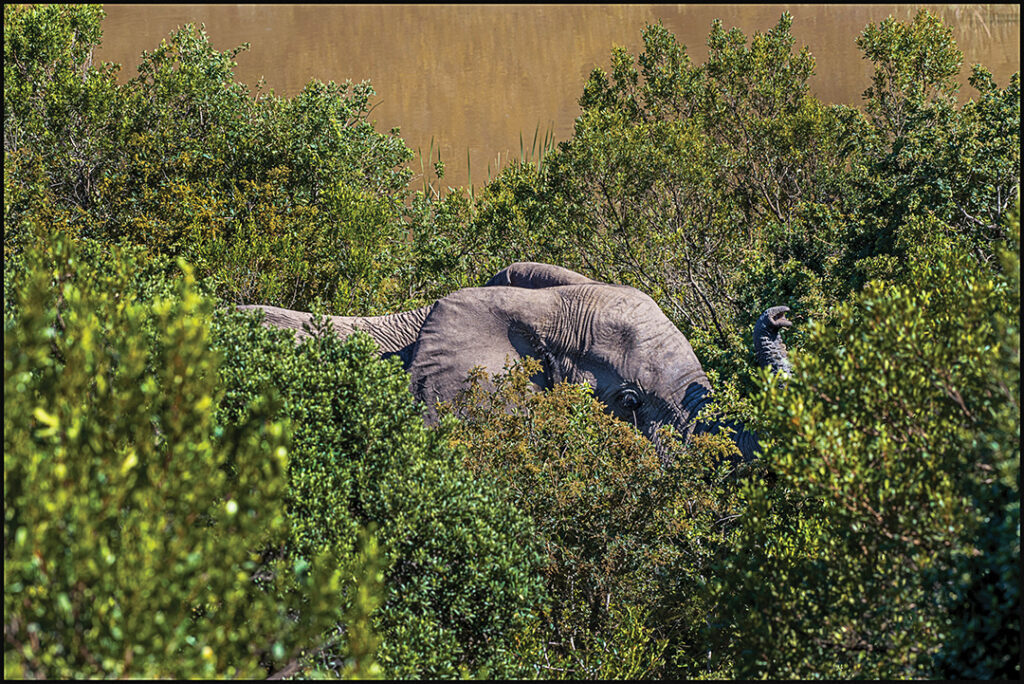BBC NEWS AT BBC.CO.UK/NEWS
At first, the satellite images appear to be of gray blobs in a forest of green splotches. But on closer inspection, those blobs are revealed as elephants wandering among the trees. Scientists are using these images to count African elephants from space.
The pictures come from an Earth-observation satellite orbiting 600 kilometers above the planet. The breakthrough could allow up to 5,000 square kilometers of elephant habitat to be surveyed on a single cloud-free day.
All the labor-intensive elephant counting is done via a computer algorithm trained to identify elephants against a variety of backdrops.
“We just present examples to the algorithm and tell it, ‘This is an elephant; this is not an elephant,’” said Dr. Olga Isupova from the University of Bath in England. “By doing this, we can train the machine to recognize small details that we wouldn’t be able to pick up with the naked eye.”
The scientists first looked at South Africa’s Addo Elephant National Park.
“It has a high density of elephants,” said Dr. Isla Duporge, a University of Oxford conservation scientist. “And it has areas of thickets and of open savanna, so it’s a great place to test our approach.”
Conservationists will have to pay for access to commercial satellites and the images they capture. But this approach could vastly improve the monitoring of threatened elephant populations in habitats that span international borders, where it can be difficult to obtain permission for aircraft surveys. The scientists say it also could be used in anti-poaching work.

